'There will be times when you walk into a room and no one there is quite like you until the day you begin to share your stories.'
— Jacqueline Woodson, The Day You Begin
The books we use offer a valuable opportunity to bring our students' languages, cultures, histories, and voices into our classrooms. They also provide the opportunity to introduce students to a wide range of diverse stories that reflect different perspectives and experiences — both theirs and others.
This concept is often referred to as "mirrors and windows" and was introduced by Dr. Rudine Sims Bishop in her iconic essay, "Mirrors, Windows, and Sliding Glass Doors."
Dr. Rudine Sims Bishop: Mirrors, windows, and sliding glass doors
Dr. Rudine Sims Bishop discusses her "Mirrors, Windows and Sliding Glass Doors" analogy to highlight the importance of diversity in books.
What Are Mirror Books?
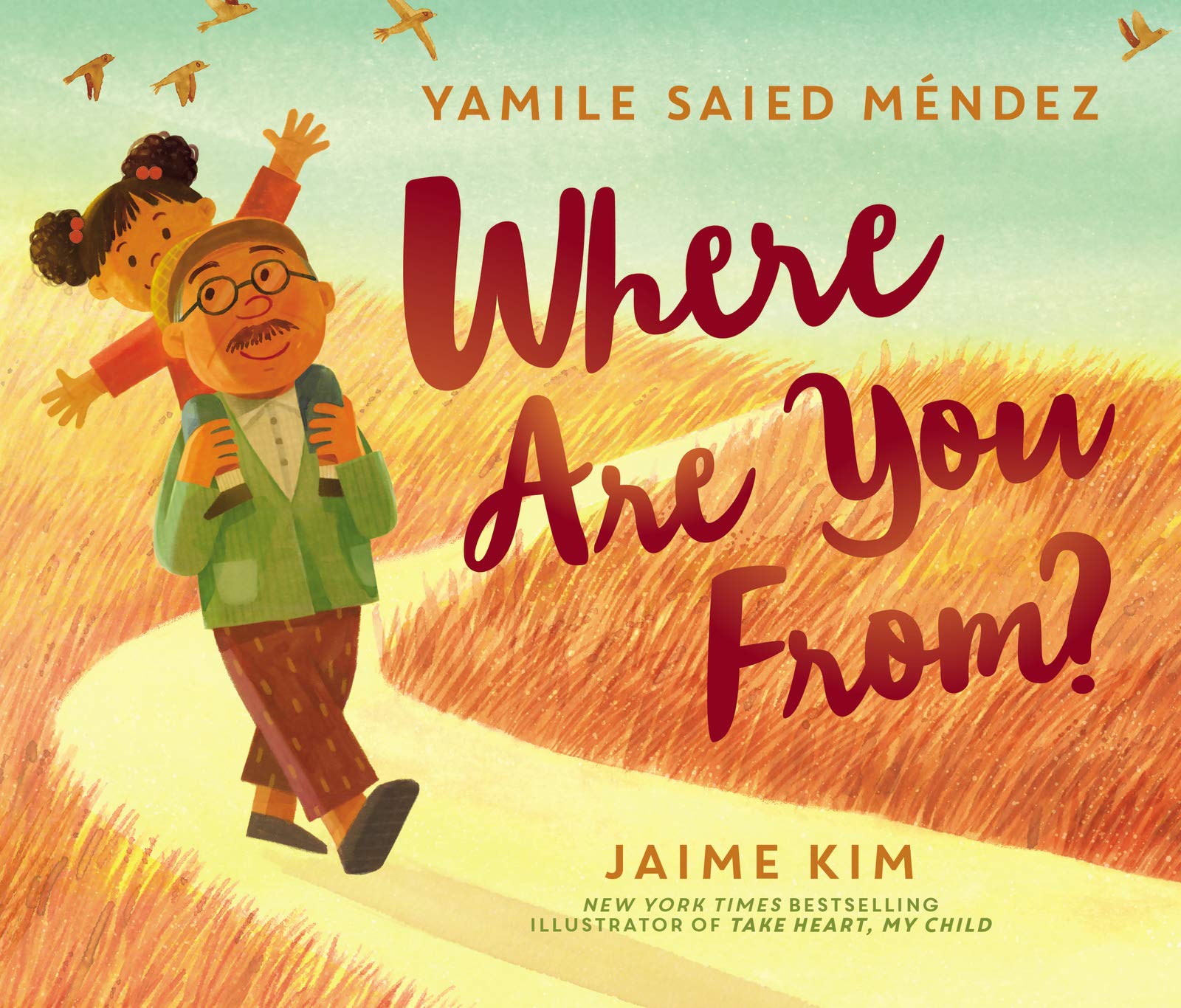
Where Are You From? by Yamile Saied Méndez and Jaime Kim
Mirror books are books that reflect different aspects of students' identity, including:
- family
- gender
- race
- ethnicity
- culture (such as special traditions, celebrations, songs, nursery rhymes, and games)
- language and how language is used
- religion
- socio-economic status
- immigration experience / status
- other aspects of identity and lived experiences
By enabling students to make connections to themselves, mirror books:
- provide validation and affirmation
- tell students that their stories matter
- show students possibilities of who and what they can be
Maya Christina Gonzalez: Seeing Ourselves in Books
Author and illustrator Maya Christina Gonzalez talks about why it is so important for all children to see themselves in books and also shares her book My Colors, My World/Mis colores, mi mundo with young readers.
Connections with curriculum
Seeing themselves in books can also communicate important messages to students about their place in school. The authors of More Mirrors in the Classroom: Using Urban Children's Literature to Increase Literacy note that "Seeing oneself represented in the characters, authors, and illustrators in a classroom and school library can go a long way in making sure we are conveying a message to children that school is for and about them." (Fleming et al, p. 20)
This is also one reason that using mirror books is such a powerful example of:
- culturally responsive instruction
- drawing upon the "funds of knowledge" that students bring to their schools.
For example, in an excerpt from Colorín Colorado's award-winning film You Are Welcome Here, filmed in Dearborn, MI, middle school teacher Anna Centi talks about connections her refugee students from Yemen made to Linda Sue Park's book A Long Walk to Water, observing that she has been able to push her students with more rigorous text when they feel connected to the stories they read. You can read more about the research supporting the use of culturally responsive instruction from the New America Foundation.
When mirror books are missing
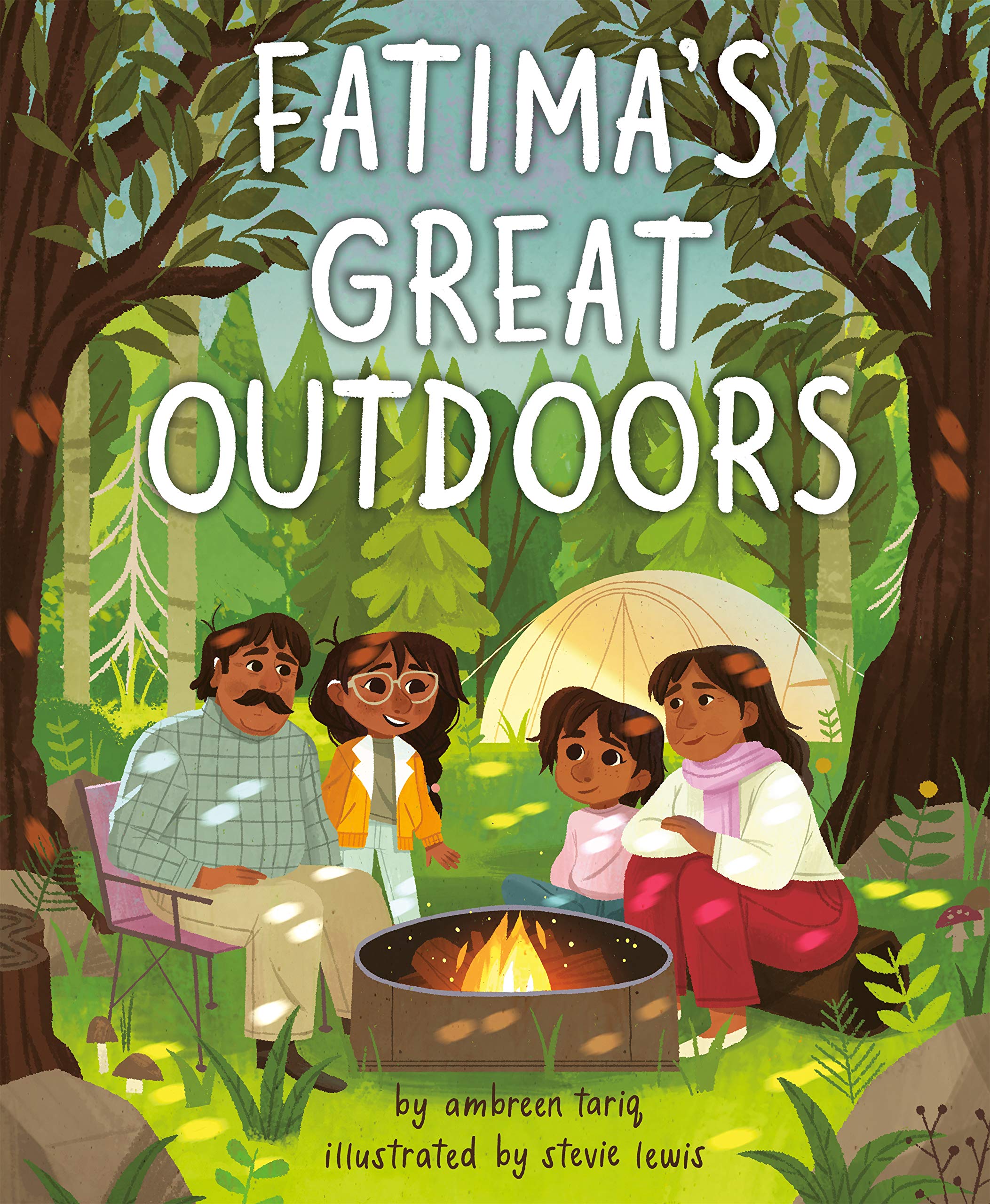
Along those lines, when children do not see themselves in the literature they read, or when they encounter negative stereotypes or inaccuracies about their communities in books, they may think that their stories or experiences don't matter.
They may also believe the "people like them" do not:
- read for pleasure
- appear as the protagonist or hero of the story
- appear in different kinds of stories, like detective or fantasy stories
- enjoy different types of genres, like poetry or science fiction
- have experiences they see others having, such as spending time in nature or going to the library
- work in different kinds of careers, like science or engineering
- write or illustrate books (or work in the publishing industry)
Just as the use of mirror books can have a positive impact on students' self-concept in the school setting, a lack of mirror books can have a negative impact. The authors of More Mirrors in the Classroom note, "Many children develop the impression that books are not about them or for them, and they can start to feel disinterested in and excluded from school" (p. 11)
The More Mirrors team also reflects on students' limited access to culturally responsive materials in their literacy instruction, noting that within commonly used basal readers and text sets,
"(F)ew text selections include urban settings, multicultural and multilingual communities, and the urban architecture and ecology with which young children in urban public schools are familiar. When urban selections are included, they often depict communities, families, and children from a deficit perspective, rather than presenting authentic and affirming images of urban life." (vii-viii)
Grace Lin: Cultural mirrors and windows
Grace Lin talks about her first picture book, The Ugly Vegetables, and reflects on her own childhood experience as the only Asian girl in her class. She also talks about what happened when she told her classmates she wanted to try out for the part of Dorothy in the school's production of The Wizard of Oz.
What Are Window Books?
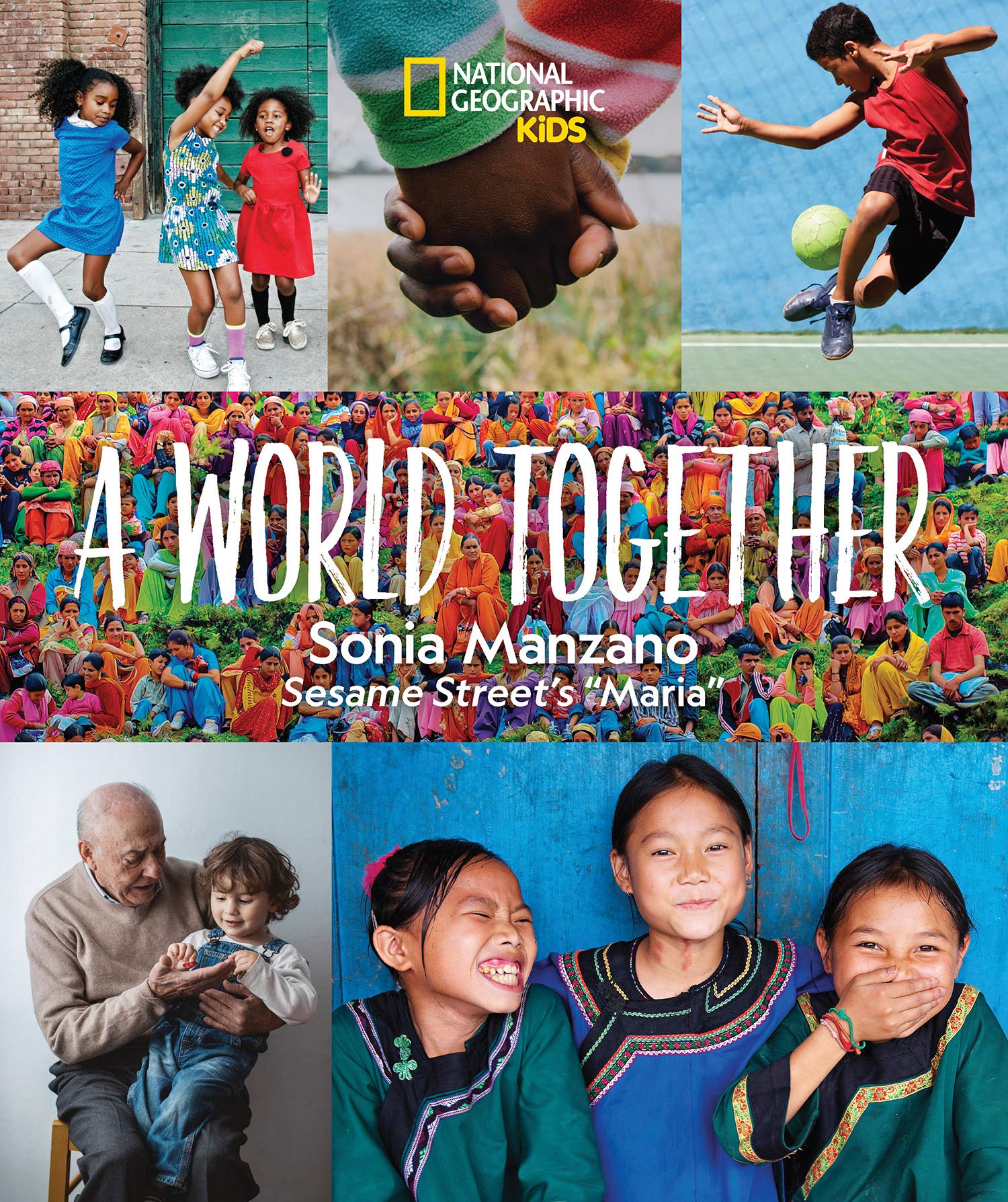
A World Together by Sonia Manzano, Sesame Street's "Maria"
Window books are books where children see aspects of a world that is different than their own.
Window books offer a glimpse into other people’s lives and:
- introduce readers to new worlds, perspectives, and experiences
- allow readers to develop new interests
- engage readers with important topics and social issues
Window books also remind readers that their view is not the only view, which is why Dr. Bishop notes in the video clip above that "diversity needs to go both ways," observing that "children who always find their mirrors in books...get a false sense of what the world is like because it's becoming more and more colorful and diverse as time goes on."
Hena Khan: "I hope my books are mirrors and windows"
Hena Khan talks about her middle grade novel Amina's Voice and shares her hopes that kids of all backgrounds will connect to her books and that adults will share them with diverse groups of students.
When Windows Become Mirrors
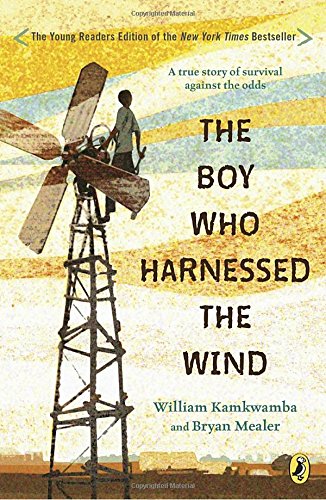
The Boy Who Harnessed the Wind, Young Reader's Edition by William Kamkwamba and Bryan Mealer
Even as they introduce readers to different perspectives, window books also show us what we all have in common. Dr. Bishop reminds us that a story that seems to be about someone very different than ourselves can provide powerful moments of recognition.
In her groundbreaking essay on windows and mirrors, she writes, "When lighting conditions are just right, however, a window can also be a mirror. Literature transforms human experience and reflects it back to us, and in that reflection we can see our own lives and experiences as part of the larger human experience. Reading, then, becomes a means of self-affirmation, and readers often seek their mirrors in books."
Gene Luen Yang echoes that theme in the video clip below.
Gene Luen Yang: Finding our common humanity in "Black Boy" by Richard Wright
Gene Luen Yang recalls the impact that Richard Wright's novel Black Boy had on him in high school.
Building Empathy and Community
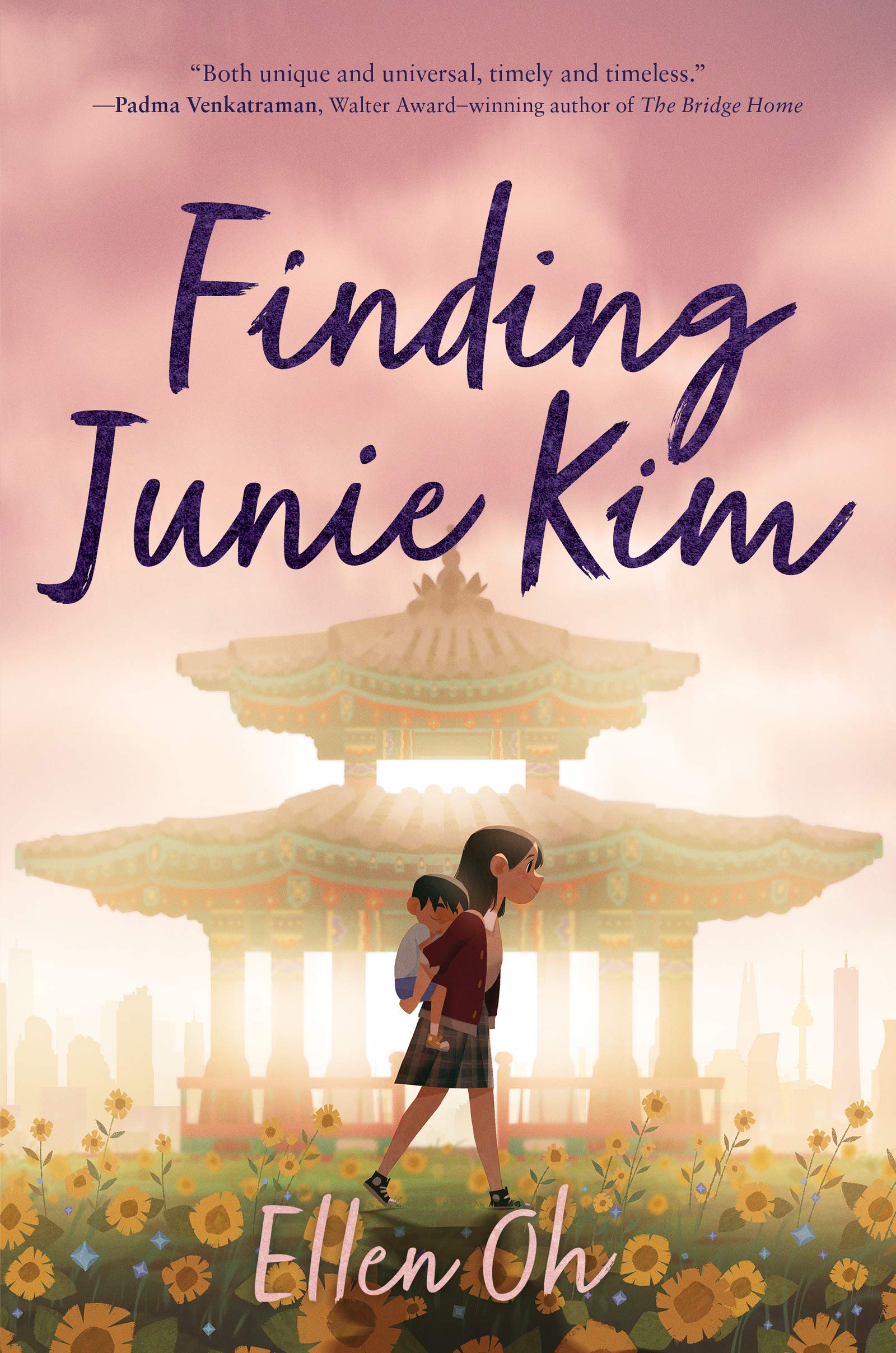
Finding Junie Kim by Ellen Oh
Since diverse books can serve both as mirrors and windows of different human emotions and experiences, they offer a powerful opportunity to build community, increase students' empathy, and push back against bias and prejudice. This can also make them a valuable tool to support social-emotional learning (SEL) and discussion in the classroom.
For example, the books on this booklist highlight the ways that schools and communities can make children from diverse backgrounds feel welcome:
These booklists dig deeper into tougher topics, providing an entry point into hard, important conversations:
- Tough Topics: Bullying and Teasing
- Digging Deeper: Books About Social Issues for Middle Grades
- Bias and Racism Against the AAPI Community: Books for Young People
- Talking about Racism and Violence: Booklists for All Ages
- Race and American History (AdLit.org)
Access to Diverse Books

Aristotle and Dante Discover the Secrets of the Universe by Benjamin Alire Sáenz
Knowing that all students can benefit from diverse books is only the first step in increasing students' access to diverse books, which is often limited in many schools, including those serving primarily students of color.
The authors of More Mirrors in Classrooms write, "Many classroom libraries in under-resourced urban public schools still have few books with characters of color. In some cases, those books are relegated to a single 'multicultural' bin, even in cases where 100% of the students are African American or Latino." (p. 11)
Why is access limited?
This lack of access is due to a few factors, including, as noted above, a lack of resources for schools, limited awareness of the value of diverse books for all students, and minimal familiarity with the high-quality diverse books that are available to students.
There is also a tremendous disparity in the publishing industry. The Cooperative Children's Book Center has been tracking statistics on diversity in children's publishing since the 1990s, and their data have told the same story since they started their work.
Even though more diverse books are being published than ever before:
- the number of diverse books published each year still is dwarfed by the number of titles published featuring white, English-speaking, middle class protagonists as "the norm"
- the number of books featuring animals also greatly outnumbers the numbers of diverse books published each year.
(See the infographic below for a powerful visual representation of this disparity.)
As a result:
- children who would see themselves reflected in diverse books have many fewer choices available
- educators, librarians, and families may not be familiar with the diverse books that are being published
- fewer diverse books are included in classroom activities, curriculum materials, text sets, literacy celebrations, and library events
Infographic: Diversity in Children's Books (2018)
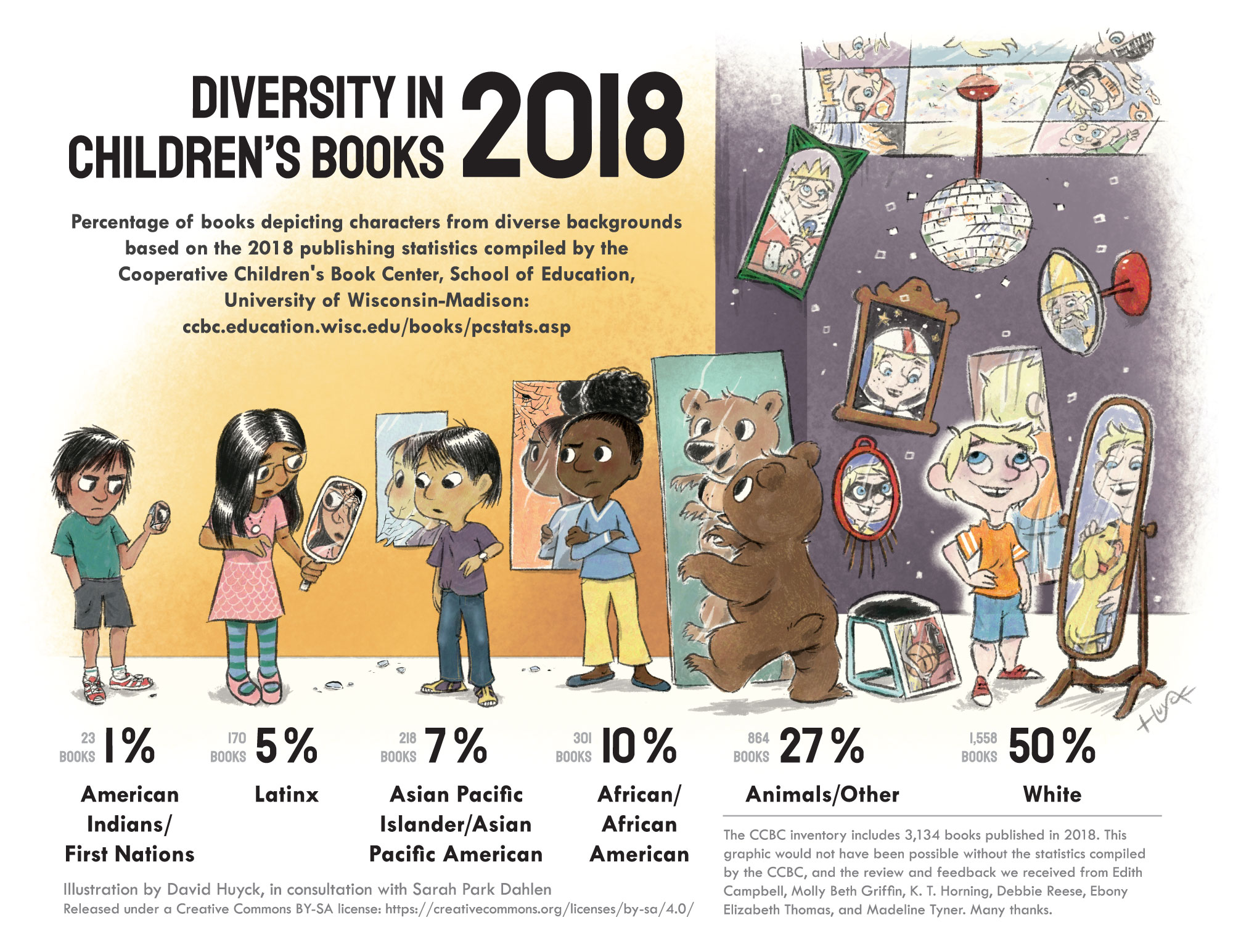
Video: Matt de la Peña reflects on why his books are easier to find in some schools rather than others
Award-winning author Matt de la Peña recalls a conversation with a teacher who said she enjoyed his books but didn't have many copies at her school since the student population was so different from his characters.
We Need Diverse Books
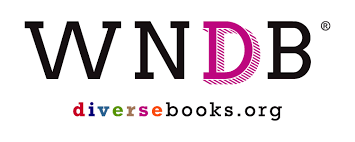 The good news is that there is tremendous energy around creating, sharing, and celebrating diverse books across the country. We Need Diverse Books (WNDB) has played a major role in this conversation, starting as a social media campaign and grassroots movement that has shone a spotlight on the importance of diverse books for children and youth. (You can learn more about how WNDB started in our interview with founder Ellen Oh below.)
The good news is that there is tremendous energy around creating, sharing, and celebrating diverse books across the country. We Need Diverse Books (WNDB) has played a major role in this conversation, starting as a social media campaign and grassroots movement that has shone a spotlight on the importance of diverse books for children and youth. (You can learn more about how WNDB started in our interview with founder Ellen Oh below.)
WNDB is now a non-profit organization that has created a range of opportunities within the publishing industry for authors and students. In addition, WNDB has:
- created a new award recognizing diverse books called The Walter Award, named after the late Walter Dean Myers, a lifelong champion of diversity in publishing for children and youth
- published multiple anthologies for children and young adults featuring diverse authors
Awards
The number of diverse books being published and winning awards has continued to increase in recent years. For example, in addition to The Walter and other numerous awards highlighting diverse books, the following books have won Newbery and Caldecott Awards in recent years:
- Last Stop on Market Street by Matt de la Peña, illustrated by Christian Robinson (Newbery Medal, Caldecott Honor)
- Hello, Universe by Erin Entrada Kelly (Newbery Medal)
- Merci Suárez Changes Gears by Meg Medina (Newbery Medal)
- When You Trap a Tiger by Tae Keller (Newbery Medal)
- We Are Water Protectors by Carole Lindstrom, illustrated by Michaela Goade (Caldecott Medal)
Changes in publishing
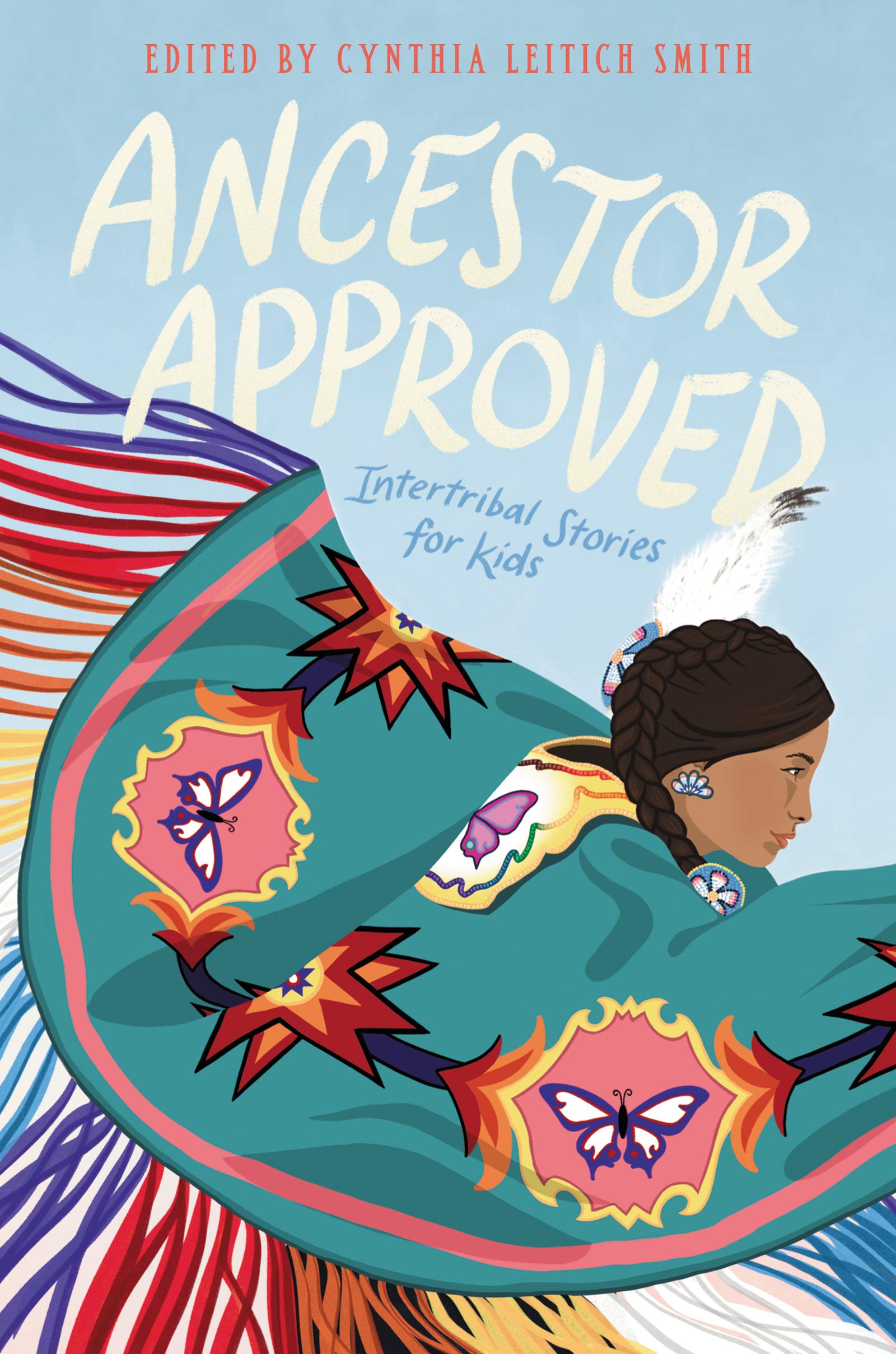
Ancestor Approved: Intertribal Stories for Kids, edited by Cynthia Leitich Smith (Muscogee), cover art by Nicole Neidhardt (Diné)
At the same time, broader, deeper changes are happening. For example:
- Award-winning writer Cynthia Leitich Smith (Muscogee) started Heartdrum, a Native-focused imprint at HarperCollins, in response to the need for more titles written and illustrated by Native authors.
- Chispa Comics will be a new LatinX comics book imprint led by David Bowles, Hector Rodriguez III, and Javier Chapa.
- Linda Sue Park has started KiBooka, a website that features books by authors and illustrators of Korean descent.
These kinds of structural changes help not only increase the number of titles available but also ensure that there are more diverse voices in the conversations and decisions within the children's publishing industry, librarian circles, and education — a necessary step in increasing students' access to mirrors and windows through diverse books.
Finding diverse books
To find recommendations of diverse book titles, see How to Find Diverse Books.
Authors Reflect on Asian Representation in Children's Books
In these interviews, authors reflect on seeing themselves in books (or not) and how their Asian heritage has shaped their work. Featured authors include Erin Entrada Kelly, Gene Luen Yang, Ellen Oh, Hena Khan, Uma Krishnaswami, Grace Lin, and Rukhsana Khan.
Cynthia Leitich Smith: What inspired Ancestor Approved: Intertribal Stories for Kids
Cynthia Leitich Smith shares the story behind Ancestor Approved: Intertribal Stories for Kids, an anthology she edited that features stories, poems, and artwork from a diverse group of Native contributors. These connected stories center on a powwow held at the University of Michigan in Ann Arbor, MI.
Closing Thoughts
This is an exciting time to be using diverse books with your students given how many outstanding books are being published and how many people are working to increase students' access to diverse book. As our students come of age in an increasingly global world and navigate a wide range of issues and challenges, the mirrors and windows we provide for our students have never mattered more.
We hope that this guide will provide you with lots of ideas for books you can share with students and ideas for bringing these books into the classroom.
Recommended Resources
- New Documentary Chronicles Diversity in Children’s Literature (School Library Journal)
- Why diverse classroom libraries matter (Edutopia)
- Dr. Rudine Sims Bishop: The "mother" of multicultural literature (The Ohio State University)
- Where are the people of color in children's books? by Walter Dean Myers (The New York Times)
- Where Is the Black 'Blueberries for Sal?' (The Atlantic)

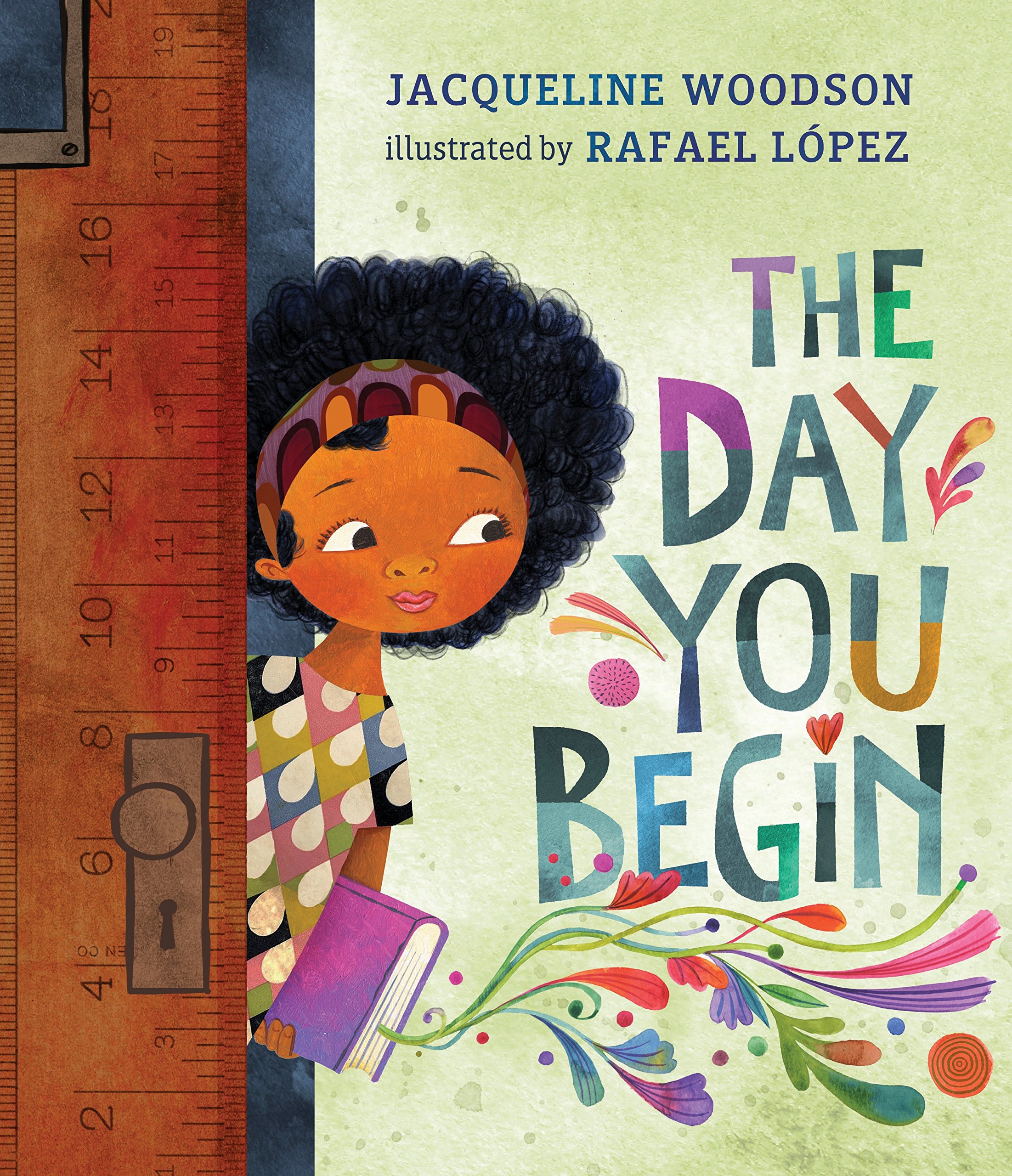 Learn more about why diverse books matter for all students and what's being done to increase students' access to diverse books. This article is part of our guide to
Learn more about why diverse books matter for all students and what's being done to increase students' access to diverse books. This article is part of our guide to 





Add new comment